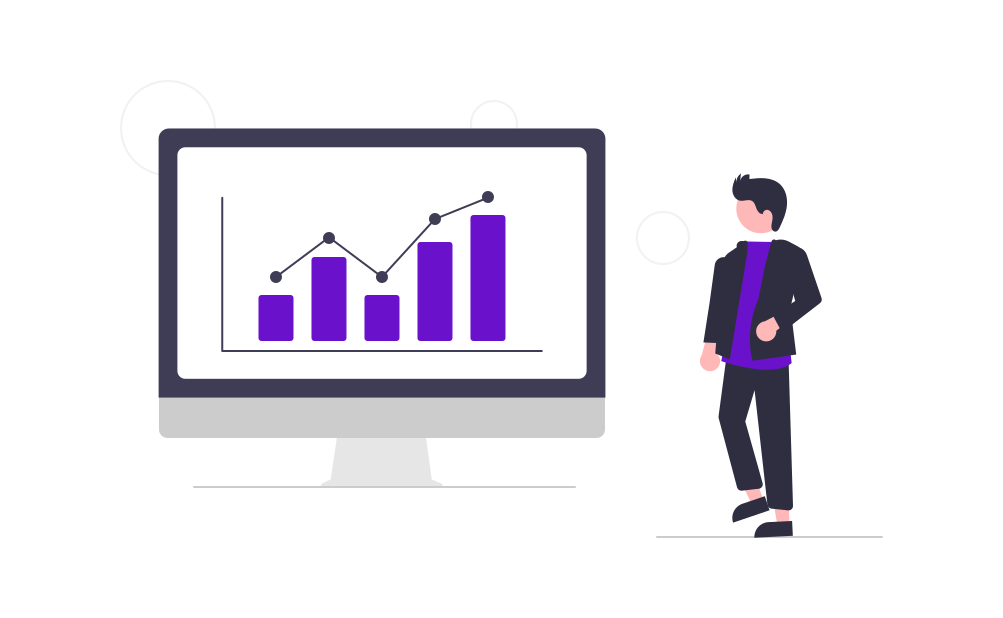In the ever-evolving B2B landscape, understanding your customers is more crucial than ever. Advanced analytics tools provide the insights needed to tailor your strategies and achieve higher engagement and conversion rates. This blog explores how these tools can transform your approach to B2B customer insights.
The Power of Advanced Analytics
Advanced analytics encompasses a range of techniques and tools designed to uncover deeper insights from data. These tools go beyond basic reporting to provide predictive and prescriptive insights that can guide decision-making and strategy formulation.
Key Analytics Tools for B2B Insights
-
Predictive Analytics Platforms
- Description: These platforms use historical data to predict future trends and behaviors. By identifying patterns, they help forecast customer needs and behaviors.
- Usage: Ideal for anticipating market changes, customer churn, and future sales.
-
Customer Data Platforms (CDPs)
- Description: CDPs collect and unify data from multiple sources to create a single customer view. They enable personalized marketing by integrating data from CRM, social media, and web analytics.
- Usage: Useful for creating targeted campaigns and improving customer experience through personalization.
-
Business Intelligence (BI) Tools
- Description: BI tools provide comprehensive data visualization and reporting capabilities. They transform raw data into actionable insights through dashboards and interactive reports.
- Usage: Best for tracking performance metrics, monitoring KPIs, and identifying trends.
-
Artificial Intelligence (AI) and Machine Learning (ML) Tools
- Description: AI and ML tools analyze vast amounts of data to uncover insights that might be missed by traditional analysis. They enable automated decision-making and real-time analytics.
- Usage: Suitable for dynamic customer segmentation, real-time personalization, and predictive maintenance.
Benefits of Using Advanced Analytics Tools
- Enhanced Decision-Making: Advanced analytics provides data-driven insights, reducing guesswork and improving the accuracy of strategic decisions.
- Improved Customer Understanding: By analyzing various data points, businesses gain a comprehensive understanding of customer behavior, preferences, and needs.
- Increased Efficiency: Automation of data analysis processes saves time and resources, allowing teams to focus on strategy and execution.
- Personalized Marketing: Detailed insights enable highly personalized marketing efforts, leading to better customer engagement and higher conversion rates.
- Competitive Advantage: Leveraging advanced analytics can provide a significant edge over competitors who rely on traditional analysis methods.
Implementing Advanced Analytics in B2B
- Define Clear Objectives: Start by identifying what you aim to achieve with advanced analytics. Clear goals will guide your tool selection and data analysis processes.
- Choose the Right Tools: Select tools that align with your objectives and data environment. Consider factors like scalability, integration capabilities, and user-friendliness.
- Integrate Data Sources: Ensure seamless data integration from various sources to create a unified view. This might involve investing in a robust data management platform.
- Build a Skilled Team: Equip your team with the necessary skills to leverage advanced analytics tools effectively. Training and hiring data experts can be crucial.
- Monitor and Refine: Regularly monitor the performance of your analytics initiatives. Use insights gained to refine your strategies and improve outcomes continually.
Challenges and Considerations
- Data Quality: The accuracy of analytics depends on the quality of the data. Invest in data cleansing and management processes to ensure reliable insights.
- Privacy and Compliance: Adhere to data privacy regulations and ensure ethical use of customer data. This includes transparent data collection and usage policies.
- Cost and Resources: Implementing advanced analytics can be resource-intensive. Consider the cost of tools, infrastructure, and talent when planning your strategy.
- Change Management: Adoption of advanced analytics requires a cultural shift within the organization. Encourage a data-driven mindset and provide support during the transition.
Conclusion
Advanced analytics tools are indispensable for gaining deep B2B customer insights. They enable businesses to make informed decisions, personalize marketing efforts, and stay ahead in a competitive market. By selecting the right tools and integrating them effectively, B2B companies can unlock the full potential of their data and drive significant growth.


